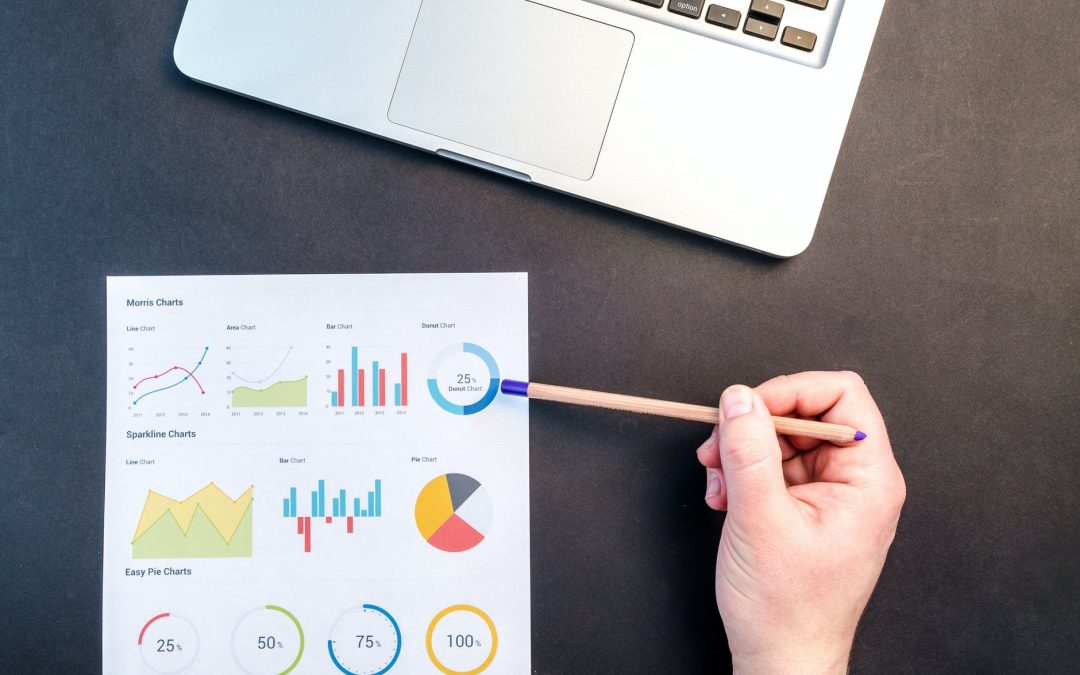How Website Ranking Affects Click-through Rates
Business owners everywhere understand the importance of keywords and Search Engine Optimization (SEO) as they relate to how well their website ranks on a search engine results page (SERP). Also important is understanding the relationship between click-through rates (CTR) and a website’s SERP ranking. When comparing CTR between sites with SERP rankings in the first, second, and third positions with CTR of sites that rank lower in search results, the difference is significant. In other words, the higher the ranking, the higher the click-through rate.
The data is indicative of when, where, and how a business might change or enhance their SEO which, in turn, enhances their ranking on search engine results pages and which can lead to improved click-through rates.
CTR for Branded/Navigational Keyword Search Results
How a user searches for a product or service is one factor that comes into play in the click-through results. If a user already knows the product they want, they type in the company name or product brand, for example, “Kellogg’s®” or “Froot Loops®.” This type of search is called a branded or navigational search. Their intent all along is to get to one specific website. The desired website appears at, or close to, the top of the search engine results page. Because the user has been presented with the exact information they searched for, the likelihood of the user clicking through to the website is high. In this scenario, it is easy to understand why a website or webpage would have a high CTR.
CTR for Keyword versus Long-tail Keyword Search Results
CTR statistics also differ depending on the length of the keyword used to perform the search – that is, when a user searches by using a one-to-two-word generic term versus a long-tail search term that contains four or more words. (Long-tail search terms typically narrow the search results field.) If our same user as above performs a search using the term “fruity cereal,” the results are naturally more general, and quite possibly not what the user is looking for.
The user next searches for “fruity cereal with marshmallows,” which narrows down the search results considerably. There are fewer fruity cereals with marshmallows than there are fruity cereals in general. Because the results are narrower – more exacting – when a long-tail search term is used, there is less competition among websites for the top positions in the search results and probably fewer ads that compete for the user’s business. The user is apt to find what they are looking for more quickly, and thus more likely to click on the search results presented. The bottom line for website owners who track SEO performance is understanding that click-through rates are better when a search is performed using long-tail keywords instead of a simple generic search.
CTR for Search Results Based on Keywords that Express Intent
Users often perform a search with a specific intent in mind and when there will be some form of interaction. For example, they might want to buy a product, compare hotel prices, or find directions to a particular location. In these cases, the user’s intent is commercial, informational, or based on location, respectively. A fourth intent – specific intent – combines all three intents in the keywords used. Competition for the top three search results positions is fierce, so intent-type keywords, especially those for commercial and location types, usually present more paid ads and other SERPs results features such as a map to show location. CTRs for website may be lower here, depending on the intent type for which the search is performed.
1st, 2nd, and 3rd Place Matter!
While the data varies among digital marketing and web experts, they all agree that the top three positions on a search engine results page, in particular Google’s, garner the highest click-through rates, with the first position racking up the most click-throughs. For example, one study indicates click-through rates for results based on a natural (organic) search range from 36% for first position, to 13% for second position, to 10% for third.
The data also indicate that more than half of users are highly likely to click on the first three results presented when the searched based on a branded term. Of further note, only a very small percentage of users who performed a natural search clicked on paid ads that appeared (versus the natural results).
The takeaway for business owners who want to improve their click-through rate is to get their website ranked at or near the top of the first page of search results. How you do this will depend on a number of factors, with
SEO and keywords just one. An online marketing professional can show you all the ways to improve your presence in search results and start earning your own portion of the click-through business.
If you want to learn more about how to boost your website’s ranking on Google as well as improve your click-through rates, contact Philadelphia web design and development company Perfexion, Inc. The professionals at PERFEXION are digital marketing experts. They provide website audit and consultation services that give clients clear information and direction on the steps they can take to enhance their online presence.
Contact us to learn more!
WEBSITE
EMAIL
CALL 610-783-7660
SAY HELLO
* https://moz.com/

